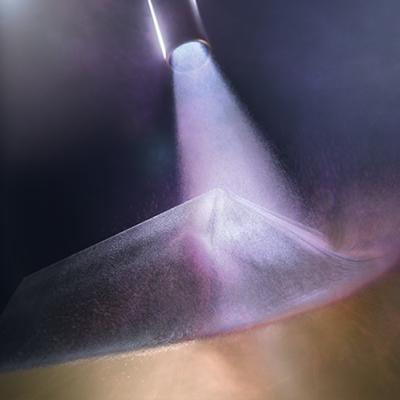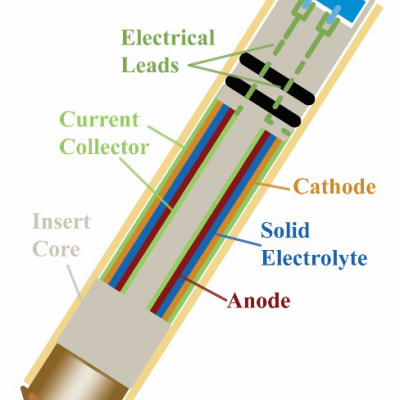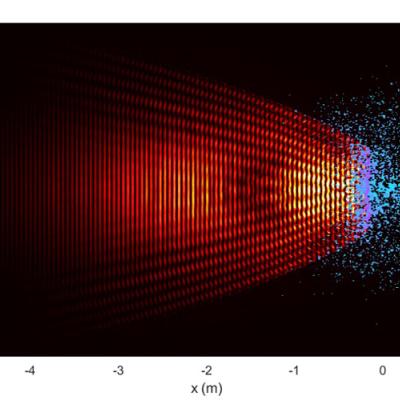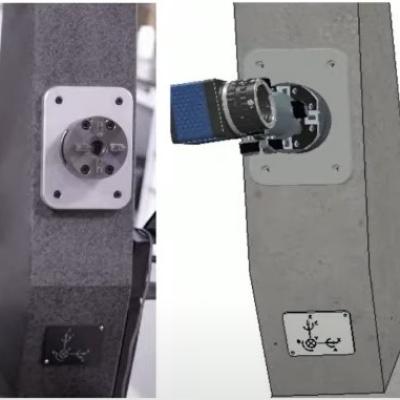LLNL’s novel approach utilizes a number of techniques to improve reconstruction accuracy:
Keywords
- Show all (85)
- Additive Manufacturing (37)
- Electric Grid (8)
- 3D Printing (7)
- Carbon Utilization (6)
- Materials for Energy Products (4)
- Synthesis and Processing (4)
- Direct Air Capture (2)
- Manufacturing Automation (2)
- Power Electronics (2)
- Geologic Storage (1)
- Inertial Fusion Energy (IFE) (1)
- Manufacturing Simulation (1)
- Material Design (1)
- Membranes (1)
- Microfabrication (1)
- Precision Engineering (1)
- Simulation (1)
- Volumetric Additive Manufacturing (1)
- (-) Manufacturing Improvements (3)
- (-) Spectrometers (1)


There are prominent technical challenges arising from spinning a battery on the order of kilohertz as required by magic angle spinning in order to obtain spectral resolution that are addressed and enable operando solid-state NMR. The operando NMR measurement allows for continuous monitoring of the battery components and of potential metastable states that may exist during…

LLNL pioneered the use of tomographic reconstruction to determine the power density of electron beams using profiles of the beam taken at a number of angles. LLNL’s earlier diagnostic consisted of a fixed number of radially oriented sensor slits and required the beam to be circled over them at a fixed known diameter to collect data. The new sensor design incorporates annular slits instead,…

LLNL researchers have designed and tested performance characteristics for a multichannel pyrometer that works in the NIR from 1200 to 2000 nm. A single datapoint without averaging can be acquired in 14 microseconds (sampling rate of 70,000/s). In conjunction with a diamond anvil cell, the system still works down to about 830K.

